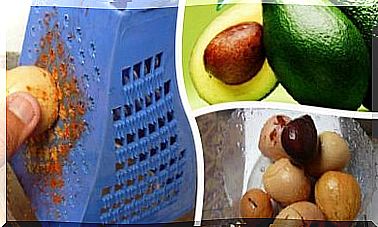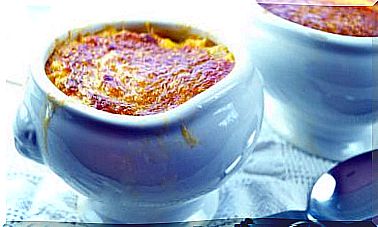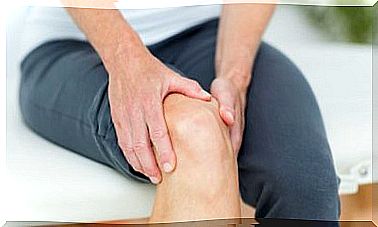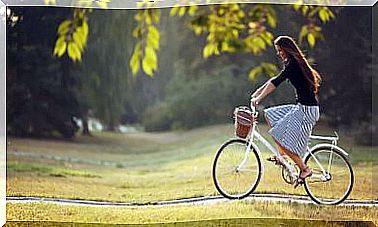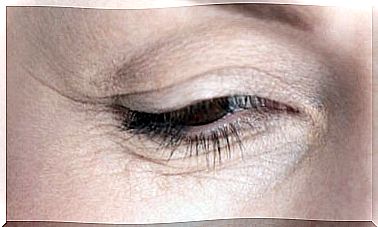Elbow Pronation, What Is It?
Elbow pronation is a pathological condition that goes by various names. It is also known as painful prone, elbow lock, and babysitter’s elbow. The specific technical name, actually, is radius head subluxation.
Perhaps the most striking name is Nanny’s Elbow. This name was acquired by the clinical picture when it was described, since it was an injury frequently caused by babysitters of young children, unintentionally, when they were held by the hand.
As we will see later, when explaining the production mechanism, in general it is a trauma that adults cause when one of the two upper limbs of a child is stretched sharply. The adult in question can be the father, mother, grandparents or anyone else, but the reference to the nanny became popular.
What is pronation of the elbow?
In the medical field, pronation of the elbow is a blockage of movement. The child’s elbow is unable to perform the prono-supination movement, that is, turning on its own axis. The blockage, of course, creates pain.
The age of presentation ranges from one year to five years of age. It is very rare for it to appear in people over seven years of age. Interestingly, the left elbow is usually more affected than the right, and girls suffer from it in a greater proportion than boys.
Cases outside the usual age range have been registered, but they are exceptions. The bilateral presentation is also exceptional, since precisely the production mechanism obeys the sudden jerk on one of the sides.
How does elbow pronation occur?
The mechanism of production of the injury is rough traction. An excessive and rapid pulling on one of the lower limbs causes the head of the radius to separate from its anatomical place without being able to return, blocking the movement.
We have to understand first that the elbow joint is the combination of three bones: the humerus, the radius and the ulna. The humerus is the bone in the arm that runs between the shoulder and the elbow. The radius and ulna are the bones of the forearm, between the elbow and the wrist.
In order for the tip of the radius to stay in place, articulating with the humerus above and with the ulna to the side, there is the annular ligament. The annular ligament surrounds the head of the radius and gives it movement by preventing it from slipping out of the joint.
Up to seven years of age, the annular ligament is immature, weak, and lax. It stretches easily and does not have the tough elasticity it acquires with growth and development. For this reason, pronation of the elbow is more frequent in children, especially before the age of seven.
By understanding that anatomy of children, we can better imagine the mechanism of injury. Usually an adult holds a small hand or wrist, and either to help him climb a step or to prevent him from falling, he jerks the child’s arm abruptly, then causes the head of the radio to overcome the resistance of the annular ligament coming out of place.
The elbow is locked and the child can no longer rotate his forearm to switch between palm up and palm down positions. The radio head out of place prevents this.
No genetic inheritance has been found that makes the injury more likely. There are children who have greater laxity in their ligaments, and in them it is logical that subluxation is more possible. In any case, no child is exempt from suffering from it.

Symptoms of pronation of the elbow
The quintessential symptom of elbow pronation is pain. Very young children express it with intense crying, and the older ones can point it out to the affected area.
The pain appears immediately after the rough traction that caused the subluxation in most cases. The child keeps the elbow extended and resists being moved while complaining. In addition to the elbow outstretched, the typical position of the affected is with the upper limb close to the body.
Although the affected joint is only the elbow joint, it can be confused with injuries to the wrist and shoulder when observing the position of the child. Some adults present when the injury occurs are also confused by hearing the noise causing the subluxation because they interpret it as coming from another joint.
The adult causing the injury may feel an unusual stretch of the child’s limb when pulling, but it is highly subjective. What will attract attention will be the crying and the extended position of the forearm.
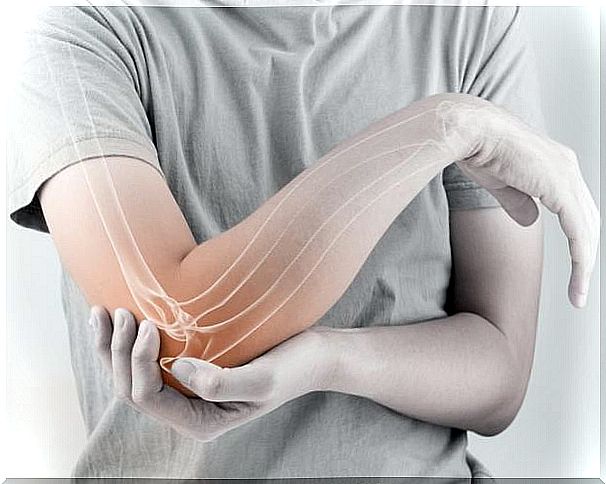
Treatment
Fortunately, treatment is simple if performed by trained health personnel. It does not require surgical intervention and an on-call consultation can solve it in a very short time.
It is essential that the consultation is without more than twelve hours after the injury. The healthcare professional will perform the indicated maneuvers for this purpose and will put the head of the radio back in place. The movement of the elbow recovers immediately.
The pronation of the elbow can be repeated, but there is less probability as the child grows and develops. Before repetitions, the treatment is the same: manipulation by health professionals to return the radio to its place.
So we should not despair as parents if our child presents the symptoms of elbow pronation. It is a priority to remain calm and go to an on-call consultation to have the problem solved. The maneuvers carried out on time and correctly do not leave sequelae and relieve suffering in moments.
